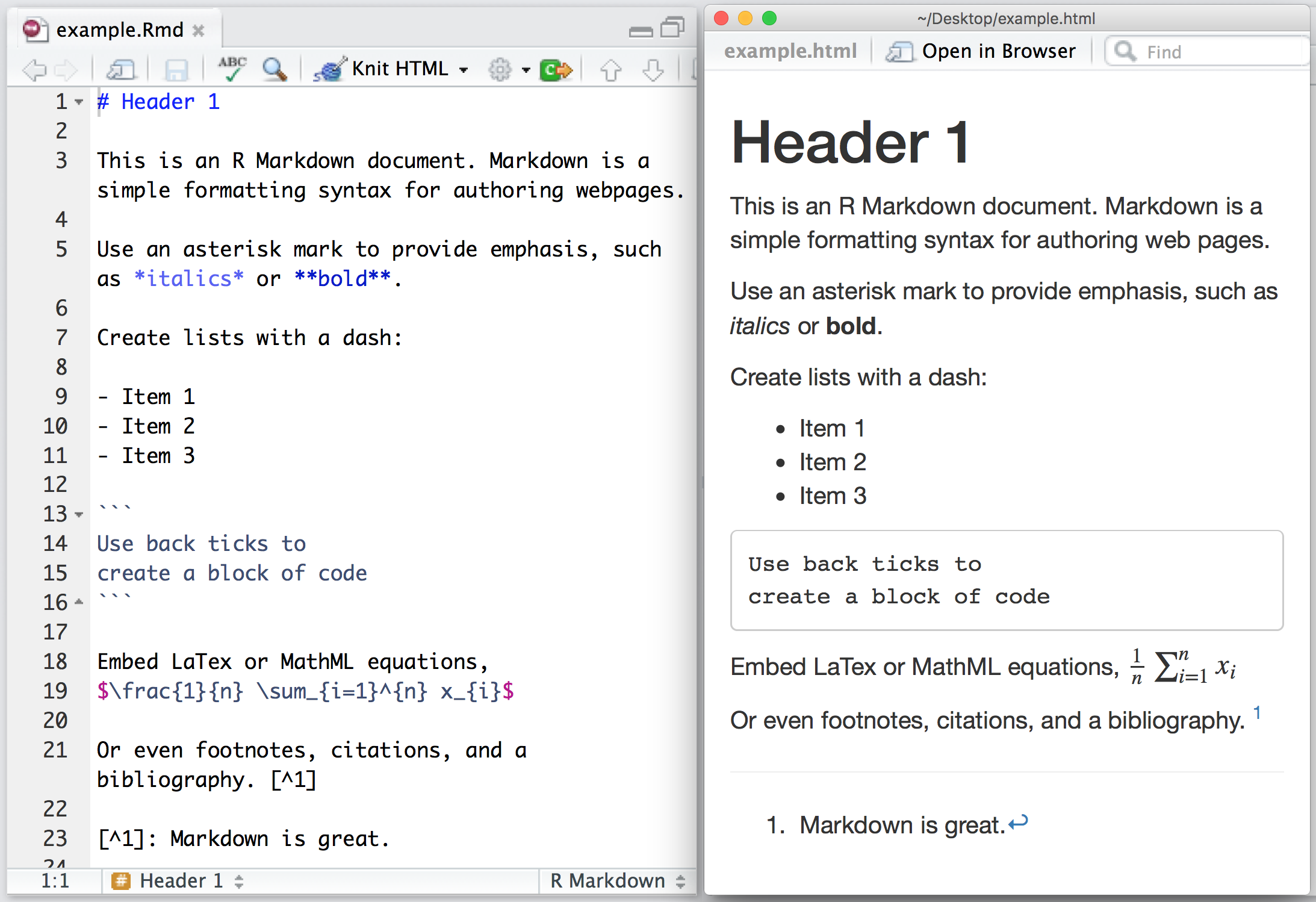
Here's a simple little trick that I don't see many people using. If you're writing an ordered list in markdown, you can just make the first item have a numerical prefix (1.), and continue with any other unordered list marker for the rest of the items in the list. It doesn't matter whether you prefer using *, +, or - (which are all valid list markers), prefixing the first item start with a 1. triggers the entire list to be an ordered list, even if there rest of the items are prefixed differently.

Markdown List With Numbers Free
See the Pen zjDCo by Will Dages (@willdages) on CodePen.
Markdown List With Numbers Examples
Markdown doesn't natively support underlined text. If necessary you can hardcode it with the HTML tag ins (underlined text), however, it is inadvisable to do so. There are a few different ways to display links with markdown markup, but to keep some standards, let's try to use the following options only. Important notes. There's a hidden markdown language used by popular retailers to communicate to employees what items are being discounted. I've put together a list of secret markdown codes at Walmart, Costco, and Target that only employees and insiders know. Pricing doesn't always follow this format as retailers are constantly testing new prices but the following codes come from insiders: Markdown Codes at.
Markdown Nested Lists
Why is this helpful? If you've ever had to remove an item in an ordered list and then re-number all the items that came after the one you removed, you've felt the pain. By using stars after the first item, markdown will take care of the numbering for you, so there are no hassles when you want to remove or re-order something in the list. Note that markdown doesn't actually mess up the output when you remove an item in the middle (it won't show the list skipping from #2 to #4), but at this point you will have a difference between what's in your source, and what's rendered. Using unordered list markers for items 2-∞ feels much more like using a li inside of an ol in HTML.
